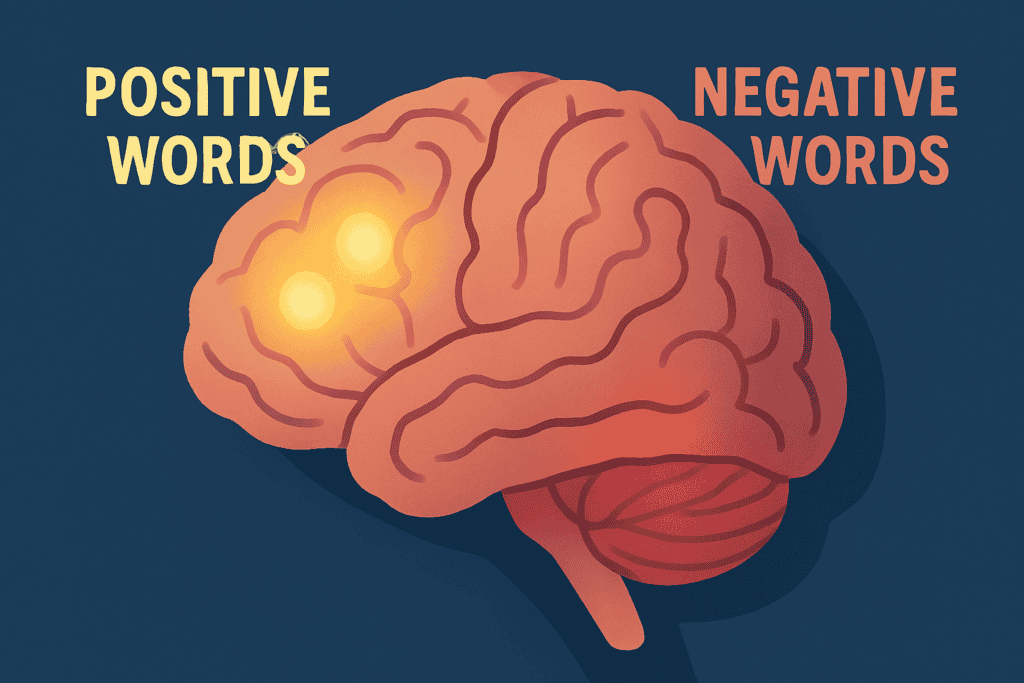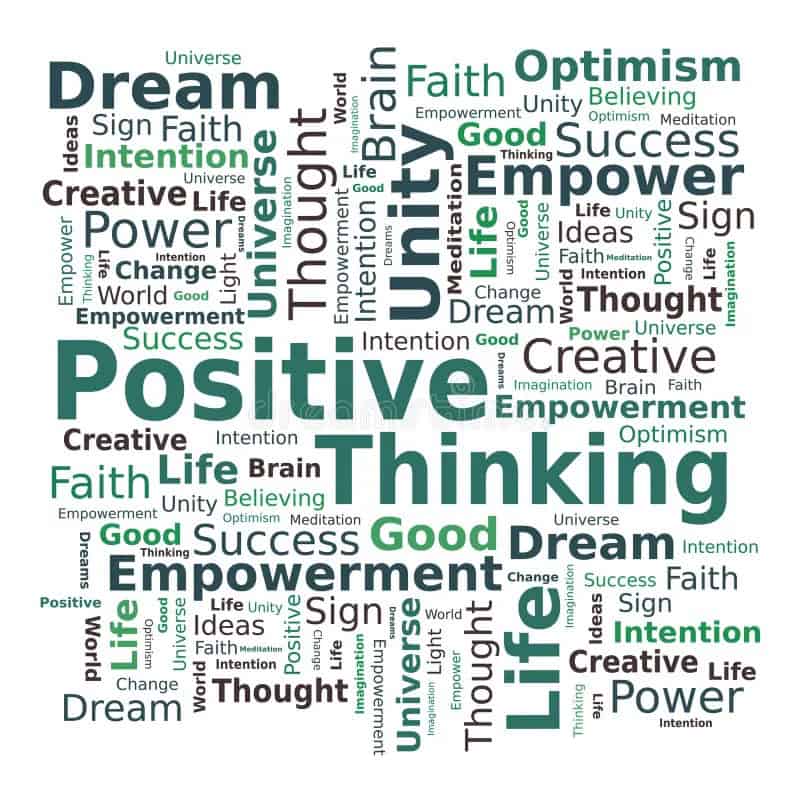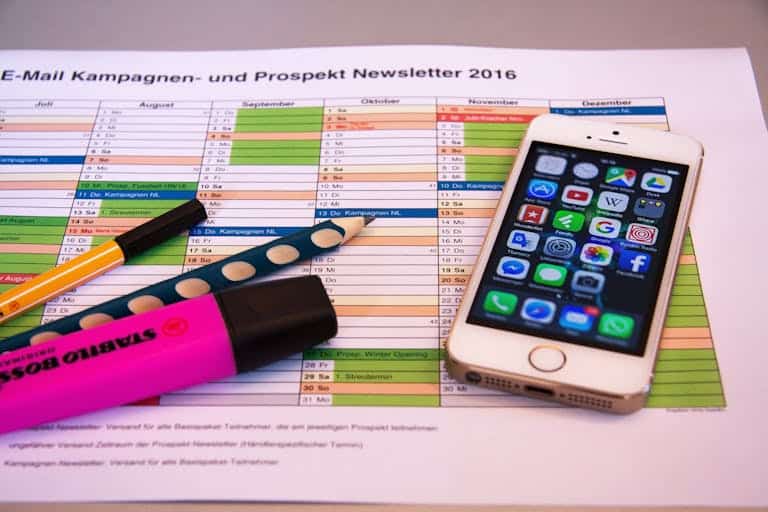Introduction
Did you know that research from UCLA found that labeling emotions with specific words can reduce their intensity by up to 30% in the brain’s amygdala? That’s right – the simple act of choosing different words literally changes your brain chemistry!
I still remember the day I realized the true power of conscious language. My business was facing what I’d been calling a “catastrophe” for days – a major client had pulled out unexpectedly. I was stressed, irritable, and completely stuck. Then a mentor asked me a simple question: “What if you called it a ‘plot twist’ instead of a ‘catastrophe’?”
I almost laughed at how simplistic it seemed. But something interesting happened when I tried it. My breathing slowed down. My mind started generating solutions instead of worst-case scenarios. The situation hadn’t changed at all – but my reaction to it transformed completely.
Throughout history, the most influential people have understood this power. Winston Churchill “sent the English language into battle” during WWII. Martin Luther King Jr. didn’t just have a “plan” – he had a “dream.” The words they chose created emotional states that inspired action.
Here’s the truth: the words we habitually use create our emotional patterns, which drive our decisions and ultimately determine our results. In today’s high-pressure business environment, where 96% of businesses fail within 10 years, mastering your language patterns isn’t just helpful – it’s essential for survival and success.
The Science Behind Words and Emotions
I’ve spent years studying why some people break through obstacles while others get stuck, and the research on language and emotion is fascinating. When you use a word like “devastated” versus “disappointed,” you’re not just communicating differently – you’re activating entirely different neural networks in your brain.
Neuroscientists at MIT have shown that our emotional vocabulary directly impacts our ability to process experiences. People with more nuanced emotional vocabularies actually experience emotions differently! They can distinguish between feeling “annoyed” versus “enraged,” which gives them more choices in how to respond.
The really interesting part? Your brain can’t tell the difference between what’s actually happening and the words you use to describe it. Use catastrophic language often enough, and your nervous system responds as if you’re constantly in crisis – even when you’re not!
Dr. Lisa Feldman Barrett’s research shows that emotions aren’t just things that happen to us – they’re constructed by our brains, and language is one of the primary building materials. When you repeatedly use certain words, you’re literally creating neural pathways that make those emotional states your default setting.
This explains why some people can remain calm and solution-focused under pressure while others immediately go into panic mode. It’s not just personality – it’s practiced language patterns creating completely different experiences of the same reality.

How Your Self-Talk Vocabulary Creates Your Reality
I catch myself all the time falling into language traps that make situations harder than they need to be. It’s so easy to say “I’m overwhelmed” when looking at a busy schedule, or “This is impossible” when facing a tough challenge. But these aren’t just innocent descriptions – they’re instructions to our nervous system!
Think about the difference between telling yourself “I’m terrible at sales” versus “I’m still developing my sales skills.” The first statement creates a fixed identity that feels hopeless. The second acknowledges the same reality but frames it as a temporary situation you’re moving through.
I worked with a client who constantly described herself as “exhausted.” When we tracked her energy levels, we found something surprising – she wasn’t actually physically tired most times she said this! It had become her default description for any resistance to a task. When she switched to more accurate words like “uninterested” or “uncertain,” she suddenly had much more energy.
This is what psychologists call “meaning-making” – the process where we interpret events through language. Say you lose a big client. You could call it a “devastating blow” or a “valuable redirection.” Same event, completely different emotional impact, and therefore different actions you’ll take next.
Your habitual vocabulary becomes your default emotional state. Choose words that create empowerment, and you’ll consistently find yourself taking empowered action, even when circumstances aren’t ideal.
High-Impact Language Substitutions That Transform Emotions
Let me share some of the most powerful vocabulary shifts I’ve both used personally and seen transform clients’ experiences:
Instead of saying you’re “overwhelmed,” try “I’m fully engaged” or “I’m at capacity.” This simple shift acknowledges the fullness of your schedule without the emotional weight of drowning.
One that changed my life was replacing “I have to” with “I get to” or “I choose to.” Try it right now with something on your to-do list. Feel the difference? “I have to prepare this presentation” feels heavy. “I get to share my ideas through this presentation” feels like an opportunity.
Stop saying you “failed” at something. Instead, say you “got feedback” or “learned what doesn’t work.” Edison didn’t fail 10,000 times making the lightbulb – he found 10,000 approaches that didn’t work, each one bringing him closer to success.
When something goes wrong, catch yourself before saying “This is a disaster!” Try “This is unexpected” or “This is a situation that needs my attention.” The first phrase floods your body with stress hormones; the second keeps you clear-headed.
I created my own personal “vocabulary transformation list” years ago, with disempowering words on one side and empowering alternatives on the other. Whenever I catch myself using language that creates limitation, I immediately substitute a word that opens possibilities. It’s not about denying reality – it’s about describing it in ways that maintain your power to change it.
Communication Masters Throughout History and Their Language Patterns
What fascinates me about great communicators throughout history is how deliberately they choose their words. Steve Jobs didn’t create “good products” – he created “insanely great” ones. This wasn’t just marketing – it was a standard his team had to live up to.
I studied how Richard Branson talks about setbacks. He consistently uses phrases like “fantastic learning opportunity” and “fascinating challenge” when describing what others would call failures. This isn’t just positive thinking – it’s strategic language that keeps his brain in a solution-focused state.
JFK didn’t just ask Americans to support the space program; he invited them to send a man to the moon and “do the other things, not because they are easy, but because they are hard.” The language of challenge rather than comfort inspired a nation to achieve the seemingly impossible.
What these masters have in common is they don’t just passively use whatever words come to mind. They actively select language that creates the emotional states necessary for the outcomes they want. When Warren Buffett explains complex financial concepts, he deliberately uses simple language and everyday metaphors – not because he doesn’t know the jargon, but because he knows clarity creates confidence.
The lesson? Conscious language isn’t about sounding sophisticated or positive – it’s about strategically choosing words that create the emotional states that drive the actions you want to take.
The Implementation Guide: A 30-Day Language Transformation Plan
Changing your language patterns isn’t something that happens overnight – it requires consistent practice. Here’s a 30-day plan I’ve used with clients to create lasting change:
Week 1 – Awareness: Spend this week just noticing your language patterns. Keep a small notebook handy and jot down phrases you use regularly when facing challenges. What are your go-to words when describing problems? How do you talk about yourself when you make mistakes? Don’t judge – just observe.
Week 2 – Alternatives: Now create your personal empowering vocabulary list. For each disempowering word or phrase you identified, create at least two alternatives that acknowledge reality but frame it in a way that maintains your power. “I’m frustrated” might become “I’m working through this” or “I’m finding a better approach.”
Week 3 – Application: This week, focus on implementing your new language in specific contexts. Choose one area first – maybe how you talk about work challenges or how you describe yourself. Put reminders on your phone, computer, or desk to catch yourself in the moment.
Week 4 – Accountability: Create systems to maintain your progress. Share your commitment with someone who can gently point out when you slip into old patterns. Schedule weekly reviews to assess how your new language is affecting your emotional states and decisions.
The most powerful tool I’ve found is the “pattern interrupt.” When you catch yourself using disempowering language, physically snap your fingers or touch your wrist, then immediately restate using your new vocabulary. This creates a neurological interrupt that makes it easier to change the habit.

Beyond Self-Talk: Using Conscious Language in Leadership and Relationships
Your language doesn’t just affect you – it shapes the reality of everyone around you. As a leader, the words you choose can either inspire extraordinary performance or create a culture of limitation and fear.
I once consulted with a company where the CEO constantly described challenges as “nightmares” and “disasters.” The entire organization had adopted this catastrophic language, and every small setback triggered panic. When we worked on shifting the leadership vocabulary to terms like “interesting puzzles” and “emerging situations,” the difference in team resilience was remarkable.
The most effective leaders I’ve worked with create what I call a “language covenant” with their teams – an agreed-upon vocabulary that supports the emotional states they want to cultivate. They literally create a shared vocabulary list for their organization culture.
This applies just as powerfully in personal relationships. Notice how different it feels when someone says “We need to talk about what you did wrong” versus “I’d like to understand what happened.” Same intent, completely different emotional impact.
One simple practice that transforms relationships is replacing “you” statements with “I” observations. Instead of “You never listen,” try “I feel unheard when I don’t get feedback on my ideas.” This shift from accusation to personal sharing completely changes the emotional dynamic.
Your vocabulary is contagious. Choose words that create the states you want to spread.
Conclusion
The words we use aren’t just descriptions of our reality – they’re creators of it. By becoming conscious of your language patterns and deliberately choosing vocabulary that empowers rather than limits, you transform not just how you feel, but what you’re capable of achieving.
My own journey with conscious language has been the single most transformative practice in my personal and professional life. It’s not about positive thinking or denying challenges – it’s about describing reality in ways that maintain your power to change it.
Start small. Today, catch yourself in one habitual language pattern and try a new word. Notice how it feels different in your body. Pay attention to how it affects your next action.
Remember: Those who master language master life itself. Your next word could be the beginning of a whole new reality.
Ready to start your own language transformation? Download our free Vocabulary Transformation Worksheet and begin creating your personal dictionary of empowered language today.





